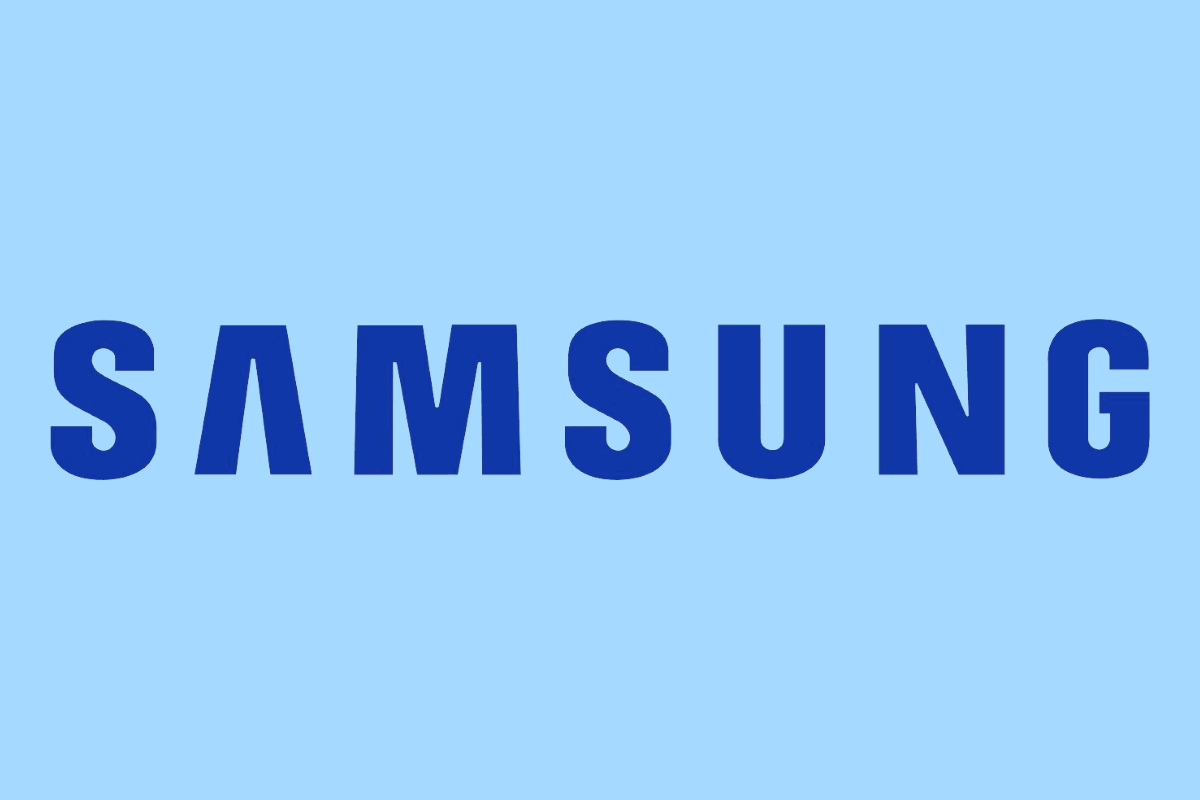Samsung Electronics has posted its financial results for the fourth quarter ended December 31, 2019. The company posted KRW 59.88 trillion ($50.54 billion) in consolidated quarterly revenue and KRW 7.16 trillion ($6.04 billion) in quarterly operating profit. For the entire year, it reported KRW 230.40 trillion ($194.43 billion) in revenue and KRW 27.77 trillion ($23.43 billion) in operating profit.
It's no surprise that the Q4 profit is down year-over-year because of the continued fall in memory chip prices and weakness in display panels. However, increased demand for memory used in servers and mobile products, as well as "solid sales" of flagship smartphones helped ease the decline in overall earnings, according to Samsung.
There was mixed news for the mobile business. In annual terms, the earnings were an improvement. The flagship Galaxy phones have sold well, and Samsung's lineup changes to improve profitability for mass-market models paid off. However, the company notes that profit fell from the previous quarter due to what it calls "the fading effect from a new flagship product launch".
Samsung is expecting weak sales in the first quarter of 2020 due to seasonality in memory chips, OLED and consumer electronics. The outlook for the mobile business is seen as "steady", as the new flagship and foldable models (the Galaxy S20 series and the Galaxy Z Flip) are expected to improve sales but incur additional marketing costs.
The company notes that the actual pace of 5G expansion and its effects on DRAM content remain to be seen. Its System LSI business will offer 5G SoCs and high-resolution sensors in 2020. The Foundry business plans to expand production from the 5nm and 7nm EUV processes, while working on developing next-generation 3nm GAA (gate-all-around) technology. In displays, it will prioritize on OLED and folding screens.
The IT & mobile telecommunications (IM) division
The mobile business aims to improve profits by expanding sales of premium models, such as the enhanced 5G lineup and new foldable devices. In Q4 2019, it posted KRW 24.95 trillion ($21.05 billion) in consolidated revenue and KRW 2.52 trillion ($2.12 billion) in operating profit. The company states that overall demand for phones and tablets increased quarter-on-quarter because of year-end seasonality, but the revenue decreased because of the time gap from launching flagship models. The profitability of major phones including the Galaxy A series is said to have held steady.
Samsung forecasts weak seasonal demand for phones and tablets in Q1 2020. However, it still expects phone revenue to rise because of launch of new flagship models and foldable phones. The operating profits are expected to remain flat.
Demand for 5G phones is expected to increase in 2020. Samsung also says it will introduce new designs for foldable products and expand its 5G product portfolio.
The System LSI business
Earnings for the System LSI business declined on-quarter because of the peak season for mobile handsets faded. In Q1 2020, Samsung plans to maximize shipments of APs, image sensors, and DDIs adopted by Samsung's major customers for flagship phones.
The business also plans to expand its 5G chip business by promoting one-chip solutions for mass-market devices. Notably, the Exynos 990 doesn't have an integrated 5G modem, just like its major competitor, the Qualcomm Snapdragon 865. Instead, it's paired with a discrete Exynos 5G Modem 5123. The mid-range Exynos 980, on the other hand, does have an integrated 5G modem like the Qualcomm Snapdragon 765/G. Having an integrated 5G modem saves space and theoretically improves efficiency.
Samsung expects demand for image sensors to rise in 2020 because of the focus on camera specifications.
Finally, Samsung Foundry saw solid results in the fourth quarter on 5G chips and high-resolution image sensors. In 2020, revenue growth is expected to climb and reach double-digits on mass production of 8nm chips and demand for 5G related chips. Samsung states that it plans on completing the product design for the 4nm process in 2020 as well as a number of 5nm-based product designs to diversify its customer base. 5nm Exynos chips, therefore, are still a year away.
It should be noted that the outlook doesn't look good here because in the past two years, Samsung Foundry has lost two major customers in the form of Qualcomm and Apple. The Snapdragon 865 and the Apple A13 are both manufactured on TSMC's 7nm (N7P) node, and Samsung's newer 7nm EUV process is only used for the mid-range Snapdragon 765G.
Overall, Samsung remains the top device maker in the Android smartphone market when it comes to earning profit. The reception of the upcoming Galaxy S20 series and the vertically folding Galaxy Z Flip will determine the story of Samsung's next financial earnings report.
Source: Samsung

